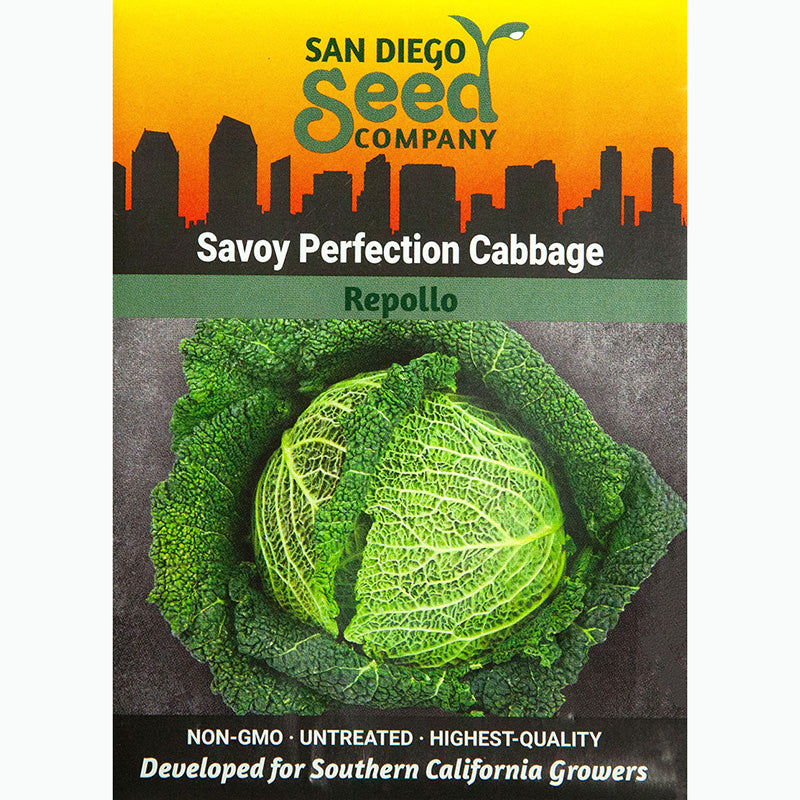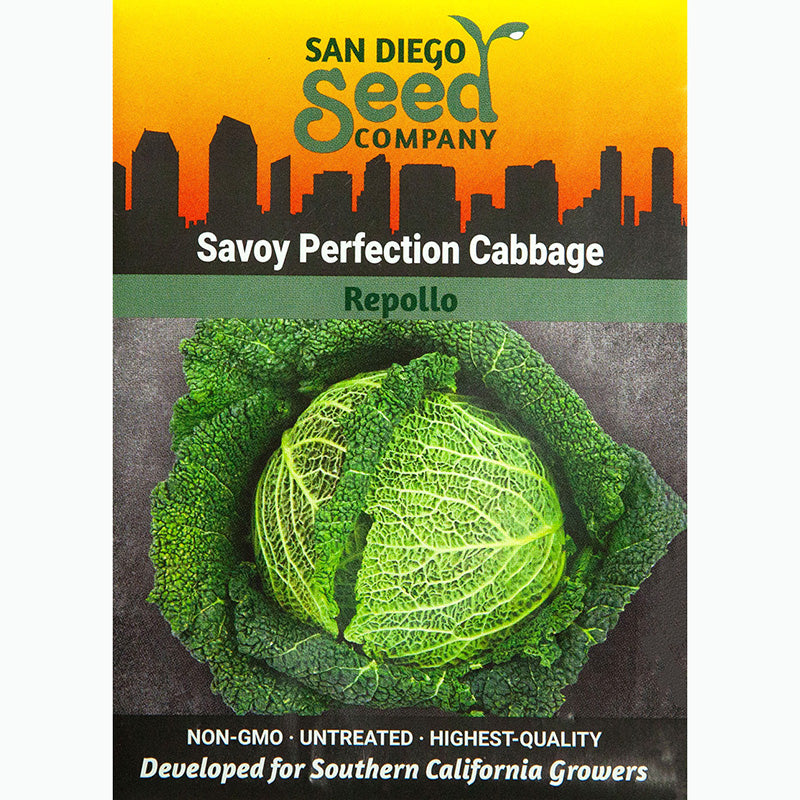Item Number: SNV1013
Perfection Savory Seeds
Perfection Savory Seeds
Culinary Herb Essential
Understanding Savory:
Varieties: Savory comprises two main types: summer savory (Satureja hortensis) and winter savory (Satureja montana). Summer savory is an annual herb with a milder flavor, while winter savory is a perennial with a more robust taste. Aroma and Flavor: Both varieties offer a savory, peppery taste with a hint of mint, adding depth to various dishes.
Planting Savory:
Seed Selection: Obtain high-quality seeds from reputable suppliers to ensure germination success.
Timing: Start seeds indoors 6-8 weeks before the last expected frost date or sow directly in the garden after the threat of frost has passed.
Soil Preparation: Ensure well-draining, sandy soil with good fertility. Amend soil with organic matter like compost for improved texture and nutrient content. Spacing: Plant seedlings or sow seeds approximately 12-18 inches apart in rows or clusters.
Ideal Growing Conditions:
Suitable Growing Zones: Summer savory grows well in USDA zones 5-9, thriving in a range of climates within this range. Winter savory, being more cold-hardy, is suitable for zones 6-9.
Sunlight: Savory thrives in full sun, receiving at least 6-8 hours of sunlight per day.
Watering: Maintain moderate and consistent moisture levels, allowing the soil to dry slightly between waterings.
Fertilization: Avoid excessive fertilization. A balanced fertilizer application during planting is generally sufficient.
Care and Maintenance:
Weed Control: Regularly remove weeds to prevent competition for nutrients and water.
Pruning: Pinch back or prune savory plants to encourage bushier growth and to prevent flowering, which can affect flavor.
Pest Management: Monitor for common pests like aphids or spider mites. Use organic pest control methods when necessary.
Harvesting Savory:
Timing: Harvest savory leaves once the plant reaches about 6-8 inches in height or when it starts to produce ample foliage.
Harvest Technique: Use scissors or pinch off the top few inches of the plant to encourage continuous growth. For winter savory, harvest sparingly to avoid damaging the plant during colder months.
Storing and Usage:
Drying: Dry harvested savory leaves by hanging bunches upside down in a well-ventilated area or using a dehydrator. Store dried leaves in airtight containers. Fresh Use: Utilize fresh savory leaves immediately or store them in the refrigerator for short-term use. Culinary Applications: Use savory in various dishes, including soups, stews, sauces, salads, meats, and vegetable dishes to enhance flavor. Cultivating savory in suitable USDA zones 5-9 for summer savory and zones 6-9 for winter savory allows you to enjoy the delightful aroma and flavor it adds to culinary creations. By following these steps and providing proper care, you can have a steady supply of this versatile herb for your culinary adventures.

Check Your Zone Compatibility:
Compatible with your zone.
Growing Zone for
,

Our Guarantee To You
Since 1976, we've served our customers at every stage of growing. Please contact us at any time. We are happy to support and assist you.
Description
Description
Understanding Savory:
Varieties: Savory comprises two main types: summer savory (Satureja hortensis) and winter savory (Satureja montana). Summer savory is an annual herb with a milder flavor, while winter savory is a perennial with a more robust taste. Aroma and Flavor: Both varieties offer a savory, peppery taste with a hint of mint, adding depth to various dishes.
Planting Savory:
Seed Selection: Obtain high-quality seeds from reputable suppliers to ensure germination success.
Timing: Start seeds indoors 6-8 weeks before the last expected frost date or sow directly in the garden after the threat of frost has passed.
Soil Preparation: Ensure well-draining, sandy soil with good fertility. Amend soil with organic matter like compost for improved texture and nutrient content. Spacing: Plant seedlings or sow seeds approximately 12-18 inches apart in rows or clusters.
Ideal Growing Conditions:
Suitable Growing Zones: Summer savory grows well in USDA zones 5-9, thriving in a range of climates within this range. Winter savory, being more cold-hardy, is suitable for zones 6-9.
Sunlight: Savory thrives in full sun, receiving at least 6-8 hours of sunlight per day.
Watering: Maintain moderate and consistent moisture levels, allowing the soil to dry slightly between waterings.
Fertilization: Avoid excessive fertilization. A balanced fertilizer application during planting is generally sufficient.
Care and Maintenance:
Weed Control: Regularly remove weeds to prevent competition for nutrients and water.
Pruning: Pinch back or prune savory plants to encourage bushier growth and to prevent flowering, which can affect flavor.
Pest Management: Monitor for common pests like aphids or spider mites. Use organic pest control methods when necessary.
Harvesting Savory:
Timing: Harvest savory leaves once the plant reaches about 6-8 inches in height or when it starts to produce ample foliage.
Harvest Technique: Use scissors or pinch off the top few inches of the plant to encourage continuous growth. For winter savory, harvest sparingly to avoid damaging the plant during colder months.
Storing and Usage:
Drying: Dry harvested savory leaves by hanging bunches upside down in a well-ventilated area or using a dehydrator. Store dried leaves in airtight containers. Fresh Use: Utilize fresh savory leaves immediately or store them in the refrigerator for short-term use. Culinary Applications: Use savory in various dishes, including soups, stews, sauces, salads, meats, and vegetable dishes to enhance flavor. Cultivating savory in suitable USDA zones 5-9 for summer savory and zones 6-9 for winter savory allows you to enjoy the delightful aroma and flavor it adds to culinary creations. By following these steps and providing proper care, you can have a steady supply of this versatile herb for your culinary adventures.
Shipping Information
Shipping Information
Cannot ship to the following states: AK, HI, PR, VI, GU
Shipping Weight: 0.01 lb
Dimensions: 4.5"L x 3.25"W x 0.1"H
Features
Features
- Attracts Bees/Butterflies
- Cold Hardy
- Container Compatible
- Does Not Require Support
- Down to 25°F
- Fragrant
- Good for Drying
- Heirloom
- Requires Summer Water
- Succession Planting
- Useful for Ornamental
Characteristics
Characteristics
Planting & Care
Planting & Care
Soil & Water: Needs light to germinate so do not cover with soil. Press into well-drained soil but do not cover. Water regularly since it will die back if soil dries out.
Planting & Growing: Direct sow after the last frost. The seeds are slow to germinate but once they do they grow quickly and often become leggy. If plants lean, mound soil around the bases.
Harvesting & Storage: Cut and use the stalks and leaves throughout fresh the summer. Use the tender stalks as well as the leaves early in the summer, and later in the summer use only the leaves. Dry the leaves at the end of the summer for use throughout the year.
Useful Information
Useful Information
Guarantee
Guarantee
Share


